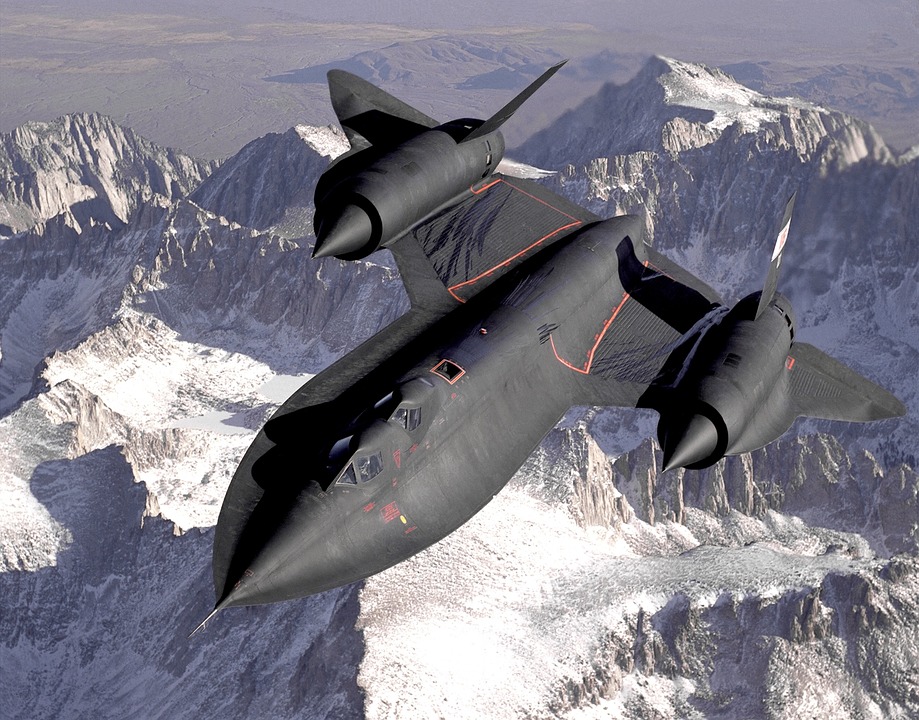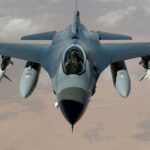Introduction to The Evolution of the U.S. Air Force
The U.S. Air Force has a colorful history that dates back to the early 20th century. As the most technologically advanced military organization globally, it has continued to evolve over the past century. From the early days of balloons and primitive aircraft to today’s sophisticated fighter jets, the U.S. Air Force has been at the forefront of aviation technology. By understanding its history, we are set to appreciate the gargantuan strides in technological advancements and strategic military planning that this organization has experienced.
The Birth of Aeronautical Division
The military use of aircraft began in 1907, where the War Department constituted the Aeronautical Division of the U.S. Army Signal Corps to take charge of its “flying machines.” This newly formed division was the forerunner to what we now know as the U.S. Air Force.
The World Wars Era and the Formation of The U.S. Air Force
When World War I broke out, the U.S. military relied heavily on its allies for air power support. The lack of combat experience among American pilots revealed the value of a dominant force in the sky. As a result, Congress carefully put legislation in place that led to the creation of the United States Army Air Service in 1918.
During World War II, aerial warfare’s significance became hyper apparent. The eventual creation of the United States Army Air Forces (USAAF) in 1941 indicated that air power had irrevocably become a fundamental component of warfare strategy.
The Independence of U.S. Air Force
One of the most crucial milestones in the history of the U.S. Air Force was its recognition as an independent service. This occurred after World War II, on September 18, 1947, following the passing of the National Security Act. As an independent entity, the U.S. Air Force began to craft its doctrine and strategy, focusing on developing its nuclear deterrent capabilities during the Cold War period.
Nuclear Era and the Cold War Period
In the dawn of the nuclear era, the U.S. Air Force was pivotal in the country’s military strategy. Their long-range bombers were equipped with nuclear weapons, making the Air Force a key player in the deterrence strategy during the Cold War. They had the crucial task of maintaining a state of readiness, constantly ready to launch a nuclear counterstrike if necessary.
Modernization Emerge in the 21st Century
The U.S. Air Force continued to develop in the 20th and 21st centuries, with a focus on technological modernization. Predominantly, the U.S. Air Force transitioned from conventional combat to focus on stealth technology and precision airstrikes.
Changing Warfare and The Focus on Cyber Defense
The wars in Iraq and Afghanistan changed the dynamics of warfare. The U.S. Air Force adapted by introducing unmanned aerial vehicles (UAVs), notably the Predator drone, for intelligence gathering and precision strikes. They also saw an increased emphasis on cyber defense in response to the growing threat of cyber-attacks.
Conclusion
The U.S. Air Force’s evolution paints a picture of a determined military force that understands the strategic importance of air superiority and has continually adapted to technological advancements and changing warfare landscapes to achieve it. With an increasing emphasis on space defense and cyber warfare, the U.S. Air Force’s journey into the future promises to be just as compelling as its past.
As the U.S. Air Force continues to evolve, it remains committed to its core values of “integrity first, service before self, and excellence in all it does.” These are the values that have guided this prestigious organization throughout its journey, leading it to become an unmatched military power.


